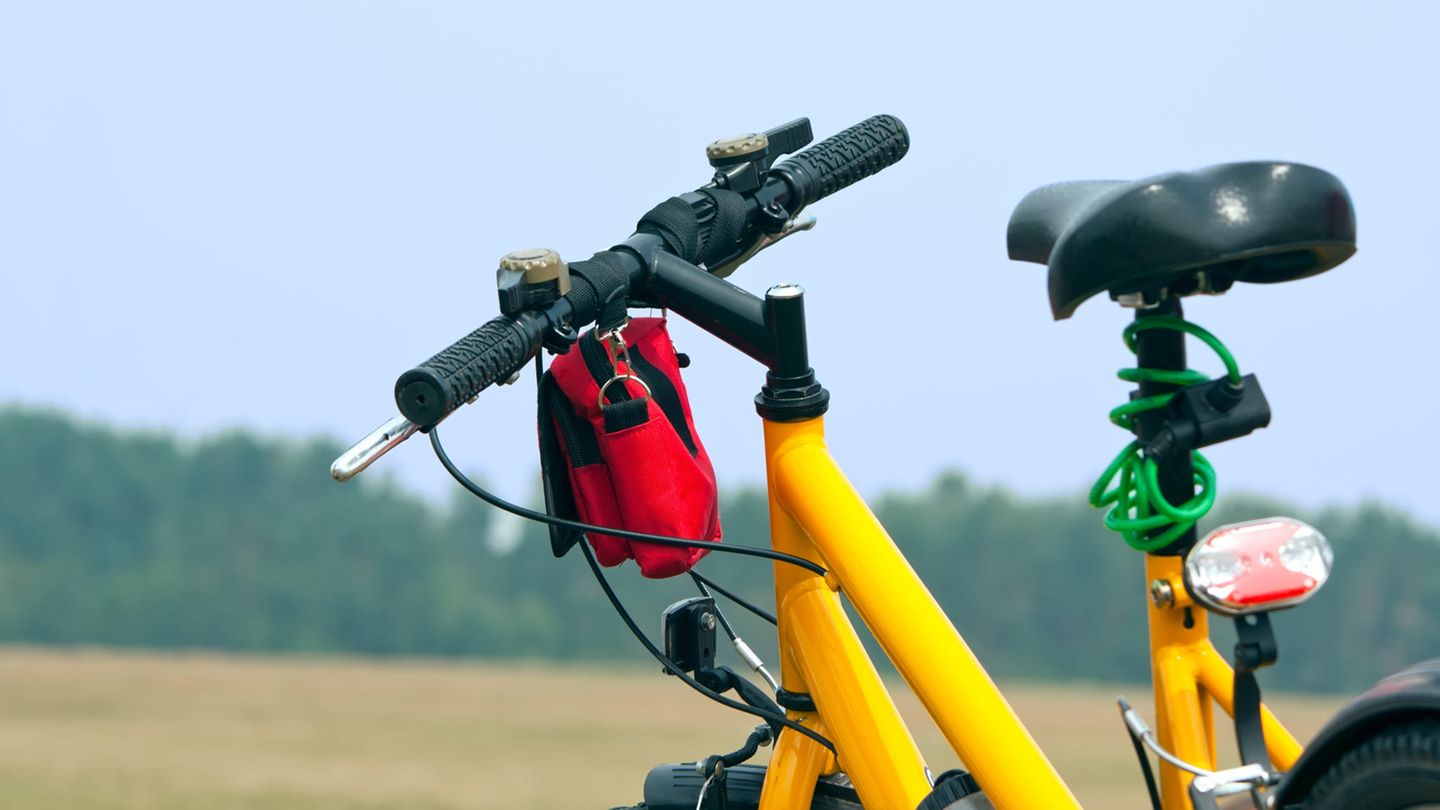Cycling without lights is reckless, dangerous and of course prohibited. But lights are not the only thing that makes a bike roadworthy. These tools belong on every bike. And not just when it gets dark.
“Good day, general traffic control!” This may sound familiar to some of you. The police usually check drivers, check their papers and take a look at the warning triangle, safety vest and first aid kit. But even small and large cyclists are occasionally stopped to check whether their bike is roadworthy. But what are the law enforcement officers actually looking for in this case? Does a bike have to be equipped with built-in lights? What about reflectors and a bell? If you want to avoid unpleasant situations or even fines, you should have answers to all of these questions. star has obtained information from the General German Bicycle Club (ADFC). Here are the most important points that can make a bicycle roadworthy and prevent accidents.
Underrated accessories: bell and reflective pedals
It sounds banal, but without a bell you are not only helpless in many situations, but also unsafe on the road. Important: The bell must be loud, says the ADFC. Why? A bell replaces the horn on cars and motorcycles and should not be drowned out by traffic noise. In addition, the ringing must also be audible for older people. To ensure that they sound particularly loud and bright, most bicycle bells are made of metal and are attached to the handlebars with a clamp so that they can be operated comfortably with the thumb. A distinction is made between the (with gear and internal beater) and the popular where the mallet is flicked against the metal casing from the outside. Ball or are permitted. The latest craze is electric bicycle bells, which, in addition to their original purpose, also scare off thieves by emitting a warning sound of up to 120 decibels as soon as unauthorized persons tamper with the bike.
In order for a bicycle to be equipped in accordance with the Road Traffic Licensing Regulations (StVZO), two non-slip and securely screwed pedals must be attached to the crank. Alternatively, so-called clipless pedals, which are popular in cycling racing but also among sporty mountain bikers and gravel fans, are also permitted. Strictly speaking, however, these sports pedals do not comply with the StVZO, because it provides for two yellow reflectors, also called reflectors, that work to the front and rear.
See and be seen: This lighting is mandatory
Anyone who rides a bicycle in traffic must be clearly visible to everyone else. An important piece of the puzzle to ensure this are so-called cat’s eyes. Officially, they are called and have to be attached to bicycles during the day since 2017. The following applies: At the rear, a red reflector marked “Z” is sufficient, which according to the regulations can also be integrated into the rear light. The counterpart, which must be mounted at the front, is white and can also be integrated into the headlight. The yellow are not voluntary. The StVZO requires two per wheel. Alternatively, white on the tires allowed.
Bikers should be aware that they should never rely on being seen by others. It is also obvious that every bicycle must be equipped with lights. According to § 17 paragraph 1 of the Road Traffic Act, headlights and rear lights must be used “during twilight, in the dark or when visibility conditions require it.” Important: A permanently installed lighting system, for example using a hub dynamo, is not required. may no longer be carried during the day. This regulation was removed from the relevant legal texts in 2017. However, as soon as dusk sets in, the lights should be installed.
Lighting StVZO approved? These signs are important
The Federal Motor Transport Authority decides whether bicycle lights and reflectors are suitable for use on the road in Germany. Officials there check the lights and mark them with a wave, followed by the letter “K” and a combination of numbers if they meet the authority’s requirements. This applies to both permanently installed and removable battery lights. It is important to note that these usually do not have an integrated reflector. However, this is mandatory. So if you do not want to upgrade or convert your bike with a hub dynamo, you will have no choice but to fit regulatory reflectors at the front and rear.
If you are still looking for holiday reading: Paragraph 67 of the StVZO regulates all questions relating to lighting on bicycles. This much can be revealed: for the threatened fine for violations, you can get a solid and StVZO-compliant .
Source:
More information can be found here.
Source: Stern
I’m a recent graduate of the University of Missouri with a degree in journalism. I started working as a news reporter for 24 Hours World about two years ago, and I’ve been writing articles ever since. My main focus is automotive news, but I’ve also written about politics, lifestyle, and entertainment.




